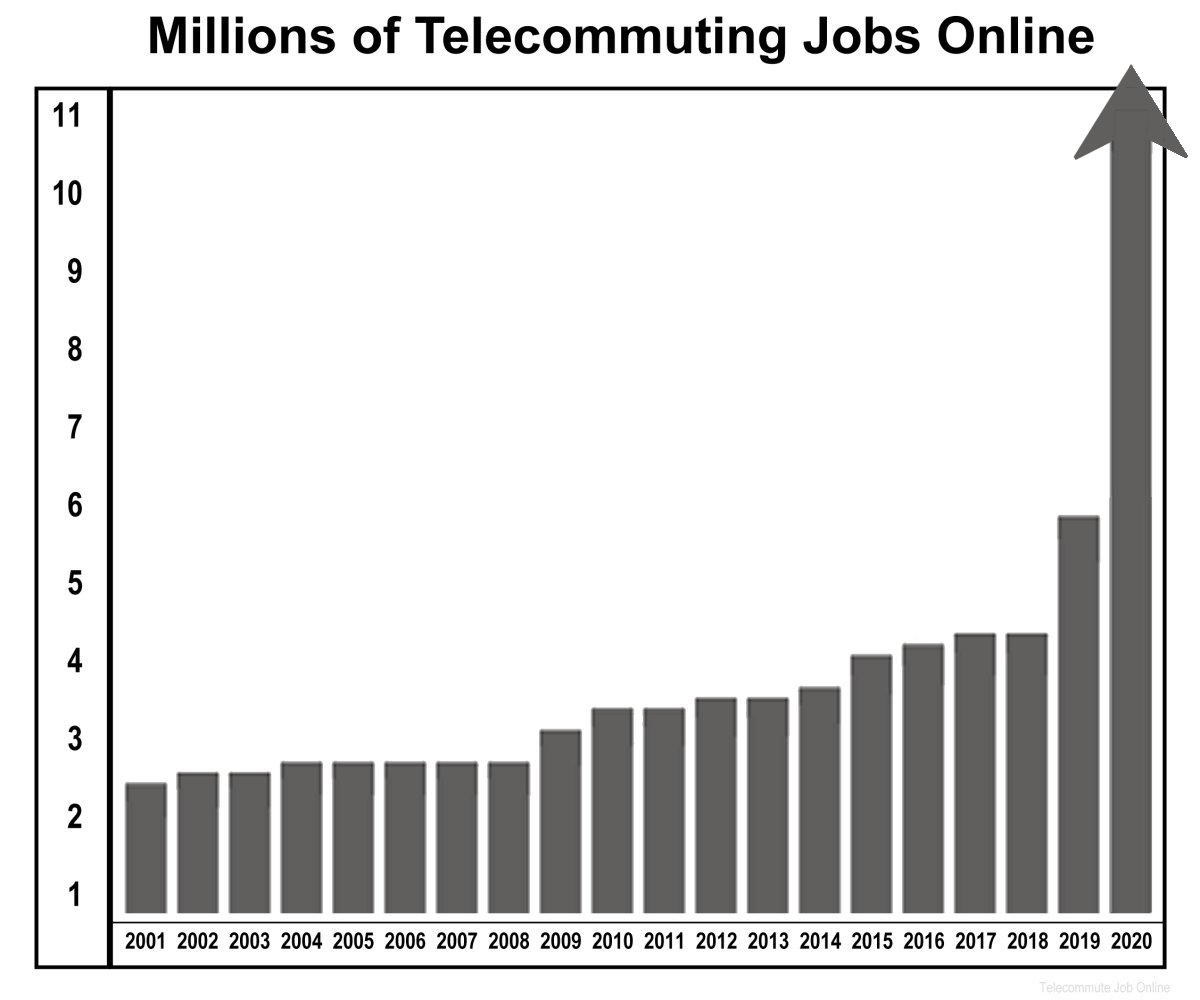We have exited the traditional workplace, retreated to our homes to carry out our functions for society, and are free to work from home naked, pants are optional, as our state of dress would not be noticed from the waist down, even while conducting or participating in a live videoconference.
Reportedly, 11% of all remote workers work from home naked occasionally while off-camera, while 40% work in comfortable and relaxed clothing, which may include pajamas, or only dressed on the top-half that can be seen on camera (ergo, pants are optional).
This exemplifies how comfortable we as telecommuters are getting with this whole remote-work-thing and learning to truly relax, while still getting the important sh*t (work-related-stuff) done.
How Relaxed Are Telecommuters Getting?
That’s a good question. If 11% of teleworkers are working in the nude (up to 30% of some more progressive organizations), and almost half of them are working in their PJs, how much more relaxed could this new age of remote workers get while working from home?
This is a concern for employers who would like to see their employees less distracted from achieving the goals of the organization while working from home.
So, what exactly is going on while teleworkers are on-the-clock and off-screen?
I had hoped you would not ask that.
Of course, we cannot know everything that goes on behind closed doors, whether it is taking place at the office or at home, but even more so while working from home. But we do know some things, like
90% are drinking (alcohol) on the job
48% are in their pajamas
36% are taking naps during the workday
27% are gardening, working on the deck, in the yard, or on the balcony
23% are watching Netflix
11% are working naked
Telecommuters are testing the boundaries, especially during a time when they had not anticipated being forced to work from home under the restrictions of the COVID-19 pandemic. It is understandable if these teleworkers might be going a little stir crazy and testing the boundaries while under lockdown.
On the other hand, productivity is up. It’s one thing to be reckless, disrespectful, and falling behind on the performance of your job duties, but even buck naked, productivity is up. So, what’s the big deal?
Granted, watching Netflix at work would be inappropriate, but if remote workers can binge-watch TV shows and get their work done at the same time? Where is the harm in that?
How does high productivity happen? It is the result of performing specific duties in an attitude of joy, not out of duty. Focus on the results, and not whether your employee is working clothing-optional, as long as he looks like he’s dressed for the videoconference call from the waist up, it is all good, even if pants are optional.
Lighten up. The statistics are on your side. Enjoy the increased productivity of your employees as they take advantage of all the freedom and flexibility they can during these unprecedented times, it will take all of us time to acclimatize to the new normal, and things will get better.
If productivity starts to falter, then take notice and action, but until then, there is no harm in allowing your employees to find ways to thrive when the going gets tough.



